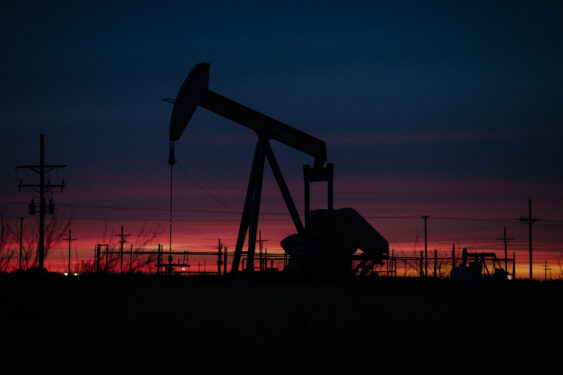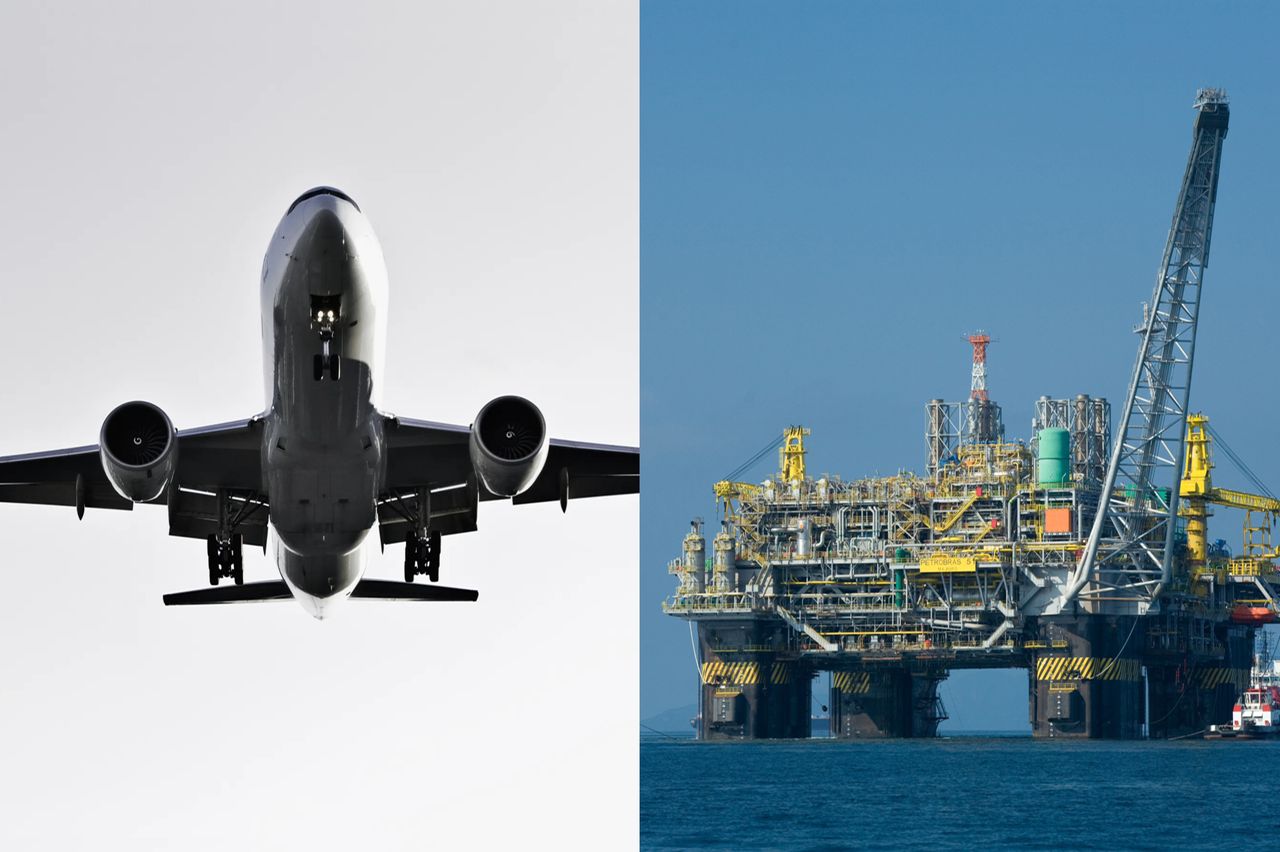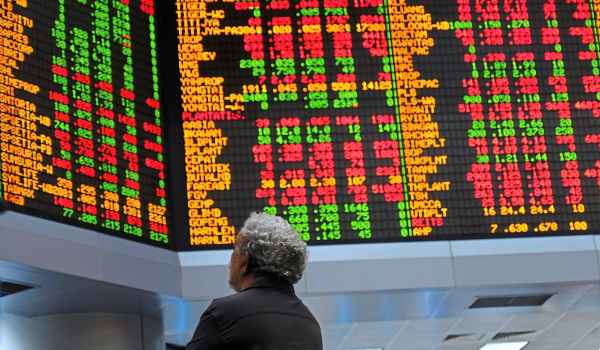THE increase in global oil consumption can be attributed to the pent-up demand of air travel after lockdowns and the lifting of many border restrictions as people are eager to travel and make up for the lost time in the past two years.
Total demand for air travel in April 2022 (measured in revenue passenger kilometres) was up 78.7% year-on-year (yoy). The April air passenger data is cause for optimism in almost all markets – except China – which continues to severely restrict travel.
Similarly, the global demand for oil is expected to rise in 3Q 2022 as the Northern Hemisphere’s summer holiday season begins.
The US peak driving season traditionally which begins on Memorial Day weekend at the end of May and ends on Labour Day in September would likely cause an upward pull on oil demand.
In spite of fears about soaring fuel prices potentially denting demand, some 40 million Americans travelled by road, an increase of 8.3% on the same weekend a year earlier.
As such, busier road and air traffic have boosted the demand for road and jet fuel, sending oil prices higher.
A strong demand for oil is expected going forward, as according to the Organization of Petroleum Exporting Countries (OPEC), global oil consumption is expected to climb by 3.1 million barrels/day to average 101.8 million/day in 2H 2022, surpassing pre-COVID levels.
Supply fears have exacerbated
As part of new sanctions against Russia, European Union (EU) members agreed on a partial crude-oil ban that covers more than two-thirds of oil imports from Russia.
The embargo covers Russian oil brought in by sea, allowing a temporary exemption for imports delivered by pipeline, a move that was crucial to bring landlocked Hungary on board a decision that required consensus.
Moreover, the 27-member EU agreed to slash Russia oil imports by up to 90% by end-2022.
As Russia’s exports fall sharply, the country’s facilities will cut production. The output which stood at just over 10 million in May will drop by around 1 to 2 million barrels/day according to analyst estimates, with the International Energy Agency (IEA) going as fair as to suggest a drop of 3 million/day.
OPEC has committed to accelerate output increases following repeated calls to pump more oil. The producer group said it would add 648,000 barrels/day for July and August, about 50% more than the increases seen in recent months.
However, the group has struggled to meet its supply targets, raising doubts about whether it would be able to meet this goal. Take for instance, OPEC’s production in May this year was down 176,000 barrels/day from April with production from Libya, Nigeria, Iraq, Gabon, Venezuela, Iran, and Equatorial Guinea reporting a decline in production.
Where it stands, Saudi Arabia and United Arab Emirates (UAE) are about the only OPEC nations with spare capacity, with roughly another 2.4 million daily barrels of unused output to deploy, according to the IEA. This is unlikely to keep pace with the expected incremental amount of 3.1 million barrels/day on average projected by OPEC.
Moreover, the current agreement terms between OPEC do not enable these nations to compensate for others.
It is also expected that the extra spare capacity from Saudi Arabia and the UAE will be offset by an even greater decline in production from Iraq, Libya, and Nigeria. Not to mention, the loss of Russia oil supply will continue to weigh on global oil supply.
As oil struggles to keep pace with demand, the world ends up drawing down its existing oil stocks. Crude oil inventories are falling given that the White House has sold almost 115 million from the US Strategic Petroleum Reserve with the releases surging to a record high of one million barrels/day since mid-May.

High oil prices are here to stay
Crude oil could surpass US$150/barrel this summer, driven by the confluence of pent-up travel demand, busier road traffic, inventory shortfalls and OPEC’s output constraints. Not to mention, higher crack spreads may induce refiners with spare capacity to ramp up production, leading to increase demand for crude oil and higher crude oil prices.
Beyond this, China’s recovery in the event of easing lockdowns would likely be another positive catalyst. In fact, we have started to witness some signs of this earlier when China had announced an end to its two-month long COVID-19 lockdown in early June before re-imposing COVID-19 restrictions in major cities.
As such, the current demand-supply dynamics are supportive of high oil prices. Fundamental improvement in supply capacity is likely to take some time given the lack of investment into this space as witnessed in the past decade. Meanwhile, demand for oil is likely to remain robust in spite of the high prices due to pent-up travel demand. – July 1, 2022
iFAST Capital Sdn Bhd provides a comprehensive range of services such as assisting in dealing, investment administration, research support, IT services and backroom functions to financial planners.
The views expressed are solely of the author and do not necessarily reflect those of Focus Malaysia.









